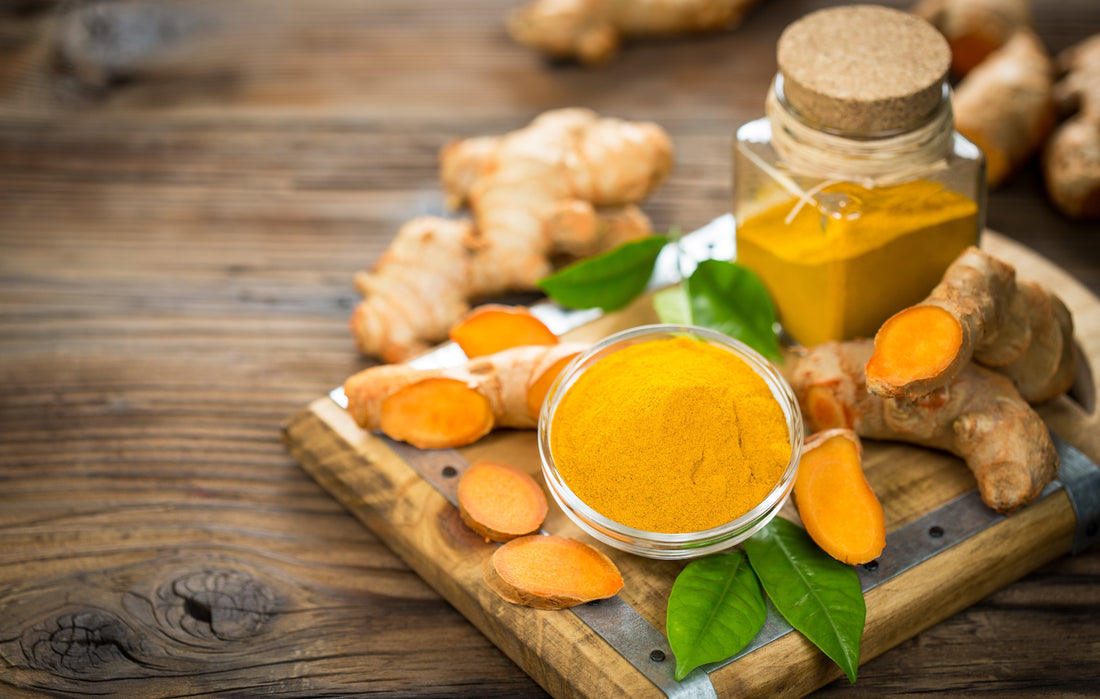Curcumin and Other Curcuminoids - the active ingredients of the dietary Indian spice turmeric
Curcuminoids are natural polyphenol compounds derived from turmeric, which is a member of the ginger family (Zingiberaceae). Among them, curcumin, with bright yellow color, is the principal composition. It has long been used as food, coloring agent, and traditional medicine. A number of preclinical studies have demonstrated anticancer effects of curcumin and other curcuminoids in various types of tumors including pancreatic cancer. Phase I/II clinical trials showed that survival time/rate and quality of life have been improved without cumulative toxicity after oral administration of curcumin alone or in combination with Gem in patients with pancreatic cancer. Since absorption is limited through oral administration, highly bioavailable forms of curcumin such as Theracurmin have been developed for its clinical application [99].

Curcuminoids with ω-3 fatty acids and botanical antioxidants including polyphenols, tocopherols, and rosemary extract induced high caspase-3 activity in pancreatic ductal adenocarcinoma cells and potentiate natural killer cells’ cytocidal function [100]. The mechanistic studies on the anticancer effects of curcuminoids demonstrated that they inhibited cell proliferation through suppression of NF-κB, specificity protein (SP), and antiapoptotic genes, as well as induction of ROS [100,101]. Curcumin, acting as a free radical scavenger and hydrogen donor, exhibits both pro- and antioxidant activities. Multiple signaling pathways are involved in curcumin’s regulatory effects, including NF-κB, Nrf2, STAT3, AKT, MMPs, VEGF, Notch1, Cox-2, ATM/Chk1, WT1, and so on [102,103].
Source: Biological activities of curcuminoids
Lin Li, Po Sing Leung, in Gastrointestinal Tissue, 2017


